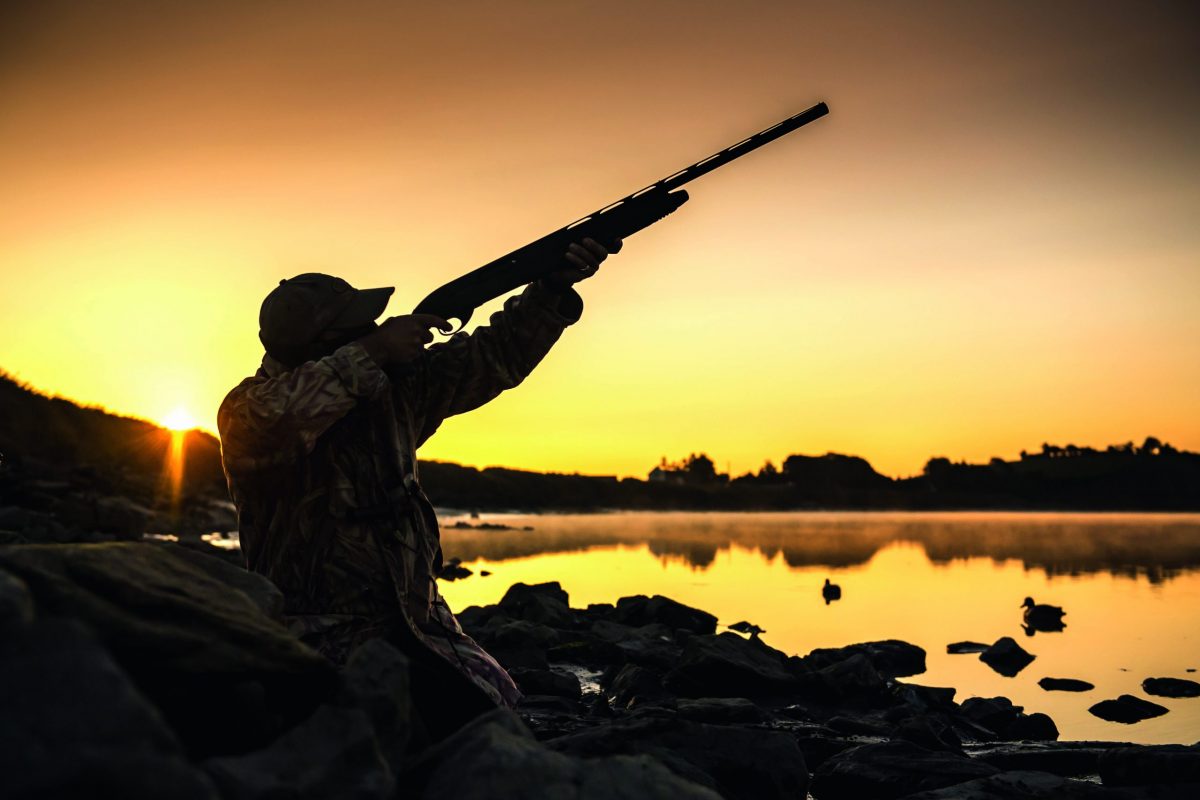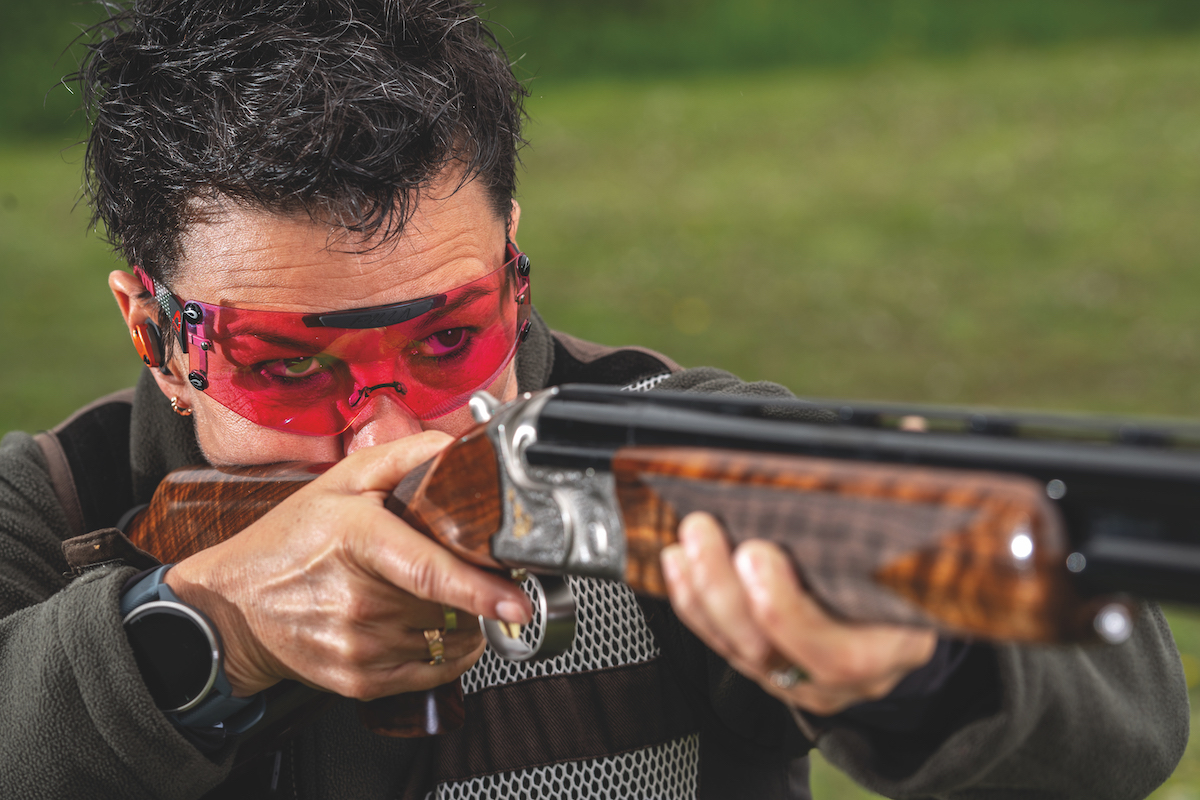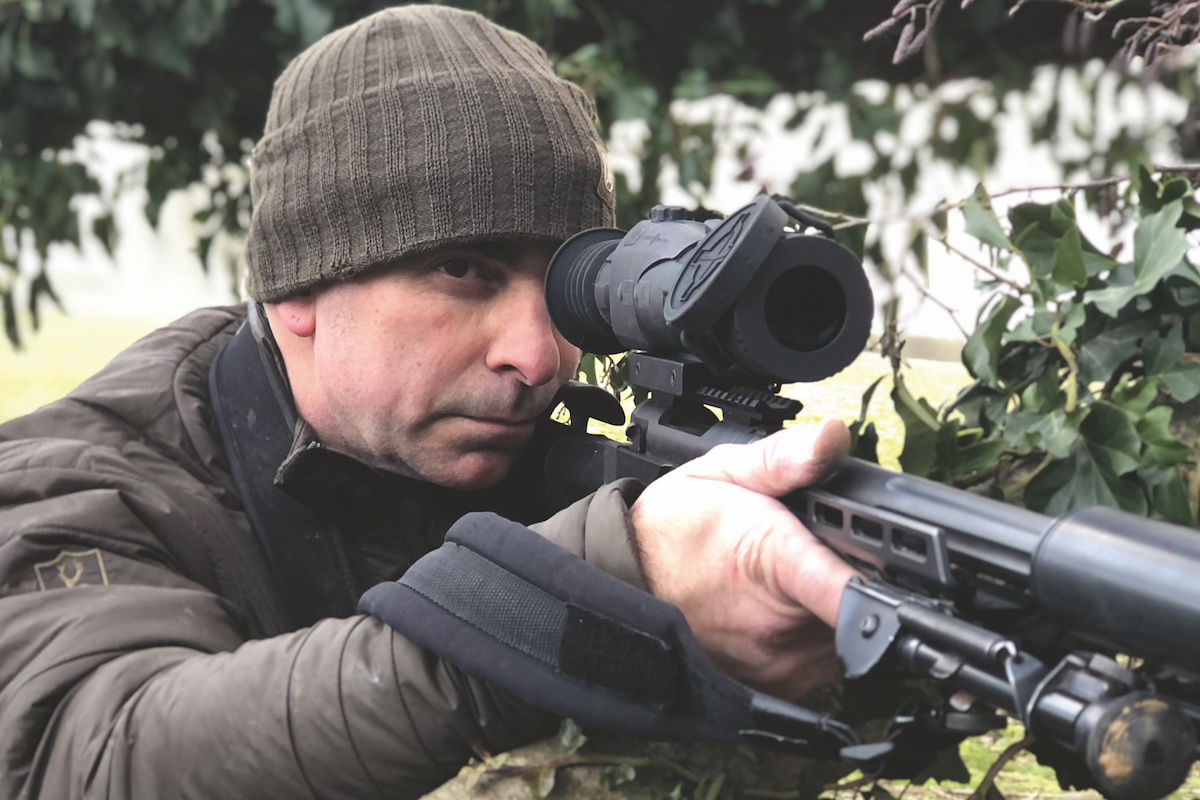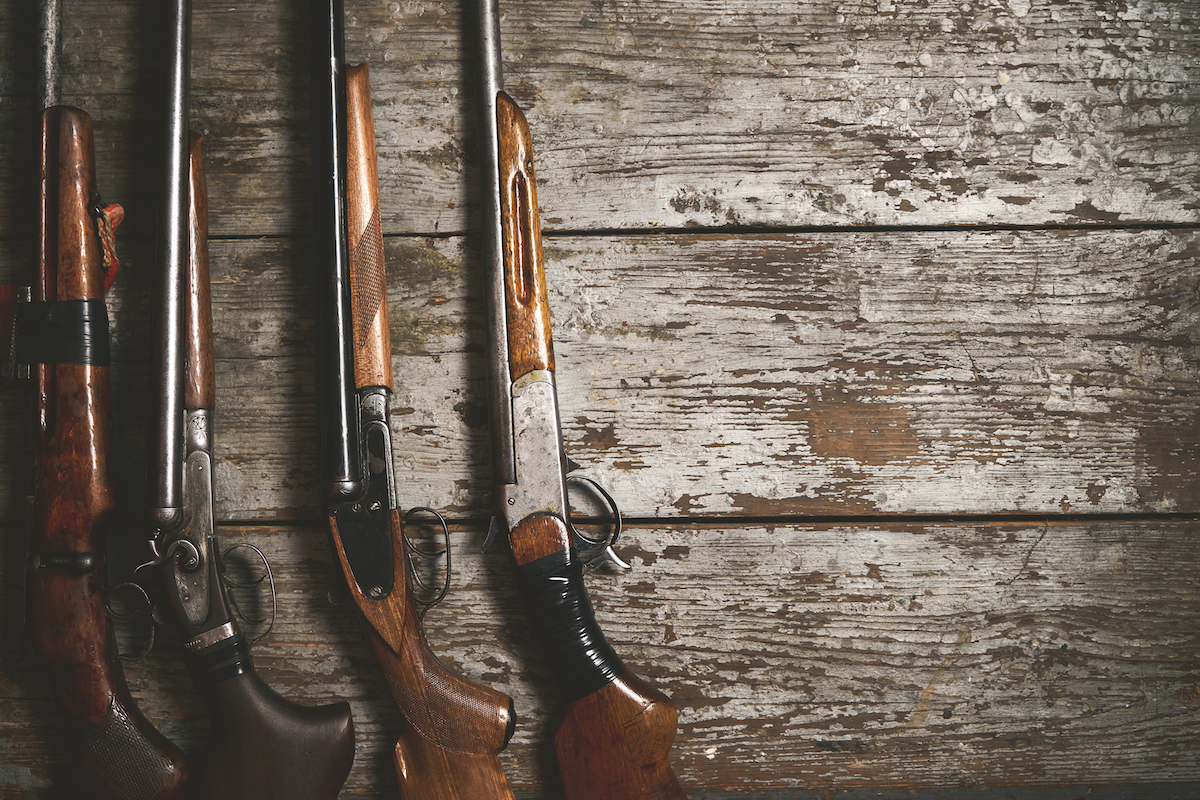What is the best shotgun for wildfowling?
From over-and-unders to semi-automatics, Simon Reinhold breaks down the pros and cons of and weighs up the best shotgun for wildfowling

Semi-autos tend to require far less maintenance
Wildfowlers are a loose collection of tribes and mystics. While the tribes jostle for imaginary points over which is the best gun or calibre to use, the mystics are the ghosts of the foreshore, confident in their choice of both. They are most often seen at the club’s annual AGM, calmly making their experience tell in rowdy discussions over access and restrictions, like Captain Quint scratching his fingernails down the blackboard of the Amity town meeting.
Quint’s character in Jaws was made up of several real-life professional shark hunters whose ancestors were the professional market gunners both in this country and the US. For these gunners operating at the end of the 19th century, it was the era of blackpowder. For blackpowder to be effective out fowling, you needed big charges and long barrels to allow the powder to burn thoroughly.
Wounded and lost birds, for them, meant the cost of a shot wasted and a bird neither able to be sold, nor able to breed to ensure next season’s trade — bad business all round. This meant large-calibre shotguns. It was the height of the 4-, 6- and 8-bore; 10-bores were considered the bare minimum. The introduction of nitro powder saw the development of the versatile 12-bore magnum — and, with its introduction, the gradual demise of the 10-bore, except for those modern fowlers scratching an historical itch.

There is definitely a place for the semi-automatic as an effective fowling piece
Modern era
Which gun is best for wildfowling will depend on your circumstances and experience. One constant in the modern era, though, is the multi-billion-dollar US waterfowl market as the driving force for the major brands that manufacture wildfowling guns. There is no greater example of this than the development of the 3 1/2in (89mm) 12-bore cartridge favoured by some specialist goose shooters.
The concept was born out of the US ban in 1918 on punt guns and calibres larger than 10-bore for duck hunting. This spurred enterprising types to try to get an 8-bore performance out of their still-legal 10-bores by lengthening the chambers. A similar train of thought was then applied to the 12-bore, with Remington doing the early groundwork on the load ballistics. However, Remington did not want to dive into commercial production and instead they crossed the Atlantic to team up with Benelli. The release of the Super Black Eagle with a 3 1/2in chamber was a watershed and it became one of the most desirable guns for fowling on both continents.

Simon Garnham really rates his over-and-under for wigeon
Three-inch and 3 1/2in-chambered 12-bores are now the most common guns used by UK wildfowlers. That does not mean that anything else is unsuitable, but the choice must reflect the circumstances. Many big bores, depending on chamber length, are now sold as ‘off ticket’, meaning they don’t require a licence to buy them, although you must have them on your licence to shoot one.
There is no point trying to shoot teal and wigeon in a November gale with a big bore – even if you had the gigantic frame needed to swing one quickly enough, there would not be much left to eat if you happened to connect.
Judgement
There is also little point for most average shots trying to shoot geese with a 20-bore. They may be adequate for close-range duck decoying into splashes in the half light, but their range limitations mean that as an ethical sportsman or woman, you must have an acute understanding of your limitations and the discipline and skill to get range judgement correct.
Although fewer shots are fired on your average wildfowling trip than in other forms of live-quarry shooting, the choice of cartridge matters greatly as it is the shot that hits and kills the bird, no matter the gun controlling the detonation. A greater range of non-lead ammunition is available for 12-bore than in either small bore or big bore, but there are other trade-offs to be factored in.

How does the extra cost of 3 1/2in steel compare to other 3in and 2 3/4in loads in bismuth and tungsten polymers? Are the latter going to be readily available, despite their price compared to cheaper 3in high-performance steel, or is the difference going to be swallowed by the fuel (at a record price) expended in acquiring them?
What is becoming clear, as our experience increases with non-lead, is that it may be wise to match cartridge to chamber length, even though you can fit and shoot 2 3/4in (70mm) cartridges in 3 1/2in (89mm) chambers.
This is a result of the gap between the expanded crimp of a 2 3/4in steel load and the beginning of the forcing cone. Some have seen a greater potential for damage as a steel load ‘jumps’ through this gap, but it may be more of a factor with the ultra-dense, hard and expensive (but highly effective) Tungsten Super Shot.

A wildfowler cleaning his Parker side-by-side shotgun in New Jersey, US, in the 1920s
A few fowlers, especially those new to the sport, may believe that the largest charge you can safely put through a gun is the right choice. But with that flawed thinking comes a false confidence that can lead to unsporting shots beyond your effective range, rather than using your craft to get closer to the lines of flight, bringing the birds into sensible range.
A large load never compensates for a lack of shooting ability. Unless you are a goose-obsessed fowler, the more common 3in high-performance chamber is likely to be a better choice for you, especially if you intend to use it as an all-rounder for clays and pigeons. But should that be in a semi-automatic, a pump action, an over-and-under or, less commonly chosen, a side-by-side?
Each has their advantages and disadvantages, but much of it comes down to the recoil management needed to shoot large non-lead loads comfortably and therefore accurately. Flinches, once developed, are difficult to cure. It is for this reason that semi-automatic three-shot shotguns (FAC shotguns are illegal to use for wildfowling) are probably the most common choice for many fowlers.

Bob Feaviour gets stuck in with his 4-bore in Essex
Familiar
You would think pump-action guns would be on a level, but unless you are used to them, many find the need to pump the action a distraction that pulls you offline for a second shot. With a semi-auto there are also moving parts coming to the rear to counteract the recoil, absent in a pump action. New users of pump actions can find that they are not vigorous enough pumping after the first shot – they ‘short slide’ the fore-end and it fails to reload.
Side-by-side 12-bores are far less common, as they can be more awkward to load in a confined creek than semis or pumps, and typically have less weight and little recoil absorption. Over-and-unders, weighty and familiar to most, are popular, although the need to break open the action, useful to check quickly if the barrels are clear, means they are more likely to be accidentally plugged in the bank of your chosen creek.
With semi-autos there is another choice: gas-operated or inertia-driven. Inertia-driven guns recoil more and the reason I got rid of mine was that if placed butt-down a fraction too hard when crouching in a hide, the rotating bolt head could come back from the breech and the firing pin would fail to hit the primer. There is nothing more infuriating, after walking miles, than a ‘click’ instead of a ‘bang’.

Cartridge comparison: the difference in size between a 4-bore and a 12-bore
The more expensive semi-autos are sold with shim kits. These are a low-cost way to customise the fit of the gun by altering cast and drop by inserting wedges of angled plastic between the head of the stock and the rear of the action. The cheaper autos don’t have that option and adjustable combs are only available on competition-grade semi-automatics. Adjustable combs would be just another crevice in which to collect salty foreshore mud.
Anyone thinking that an inertia semi-auto is better because they don’t have to clean it will rapidly find out a universal truth in wildfowling: saltwater eats guns. You will need to clean your gun thoroughly every time it goes on the foreshore. Proprietary coatings such as Cerakote can help protect your gun and are available aftermarket. For me, a gas-operated, Cerakoted semi-auto with a 26in or 28in barrel is perfect.
The extra length of the action makes up the overall length to that of my 30in over-and-under. Fast-handling, strong, reliable, light to carry across miles of heavy going, and yet soft to shoot, it has all the attributes I need in a fowling gun. It has even killed wigeon after being fished out from the bottom of the creek following a kayak mishap. You must just remember to collect your empties as you fire them — glow-in-the-dark cartridge cases would help. I look forward to the US waterfowl market developing those.








